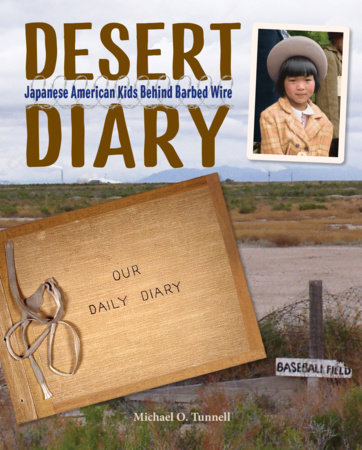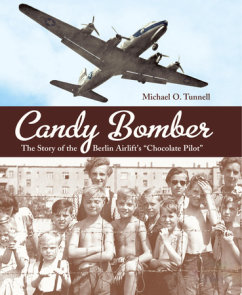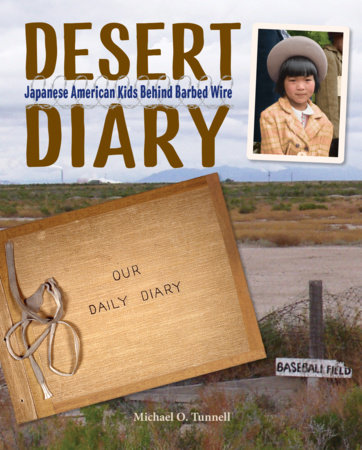

Desert Diary
By Michael O. Tunnell
By Michael O. Tunnell
By Michael O. Tunnell
By Michael O. Tunnell
Category: Children's Nonfiction | Children's Middle Grade Books
Category: Children's Nonfiction | Children's Middle Grade Books

-
$19.99
Oct 06, 2020 | ISBN 9781580897891 | 9-12 years
-
Oct 06, 2020 | ISBN 9781632896131 | 9-12 years
YOU MAY ALSO LIKE
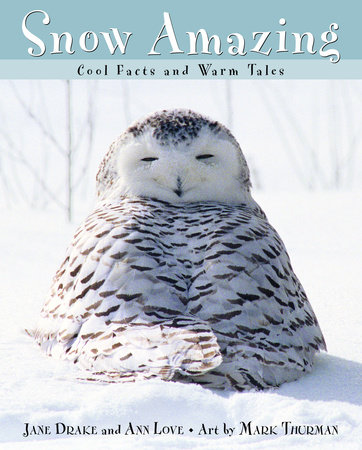
Snow Amazing

Villainous
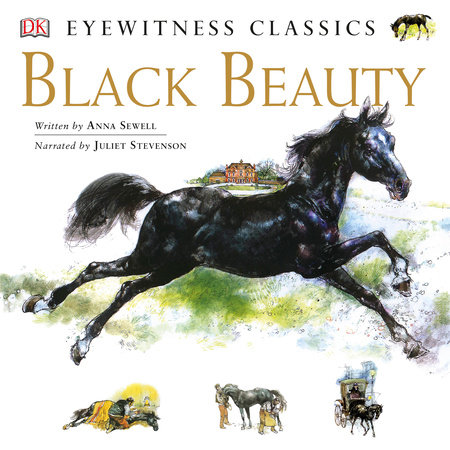
Black Beauty
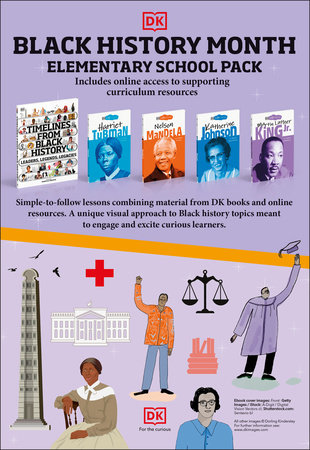
Black History Month Elementary Pack

In Memory of Gorfman T. Frog
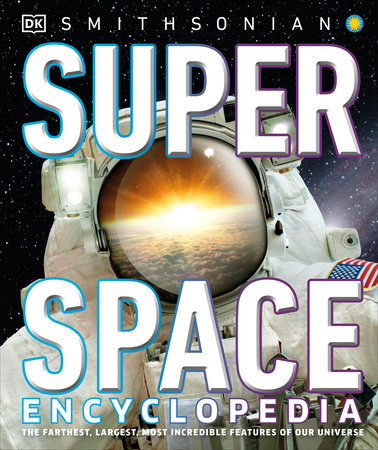
Super Space Encyclopedia
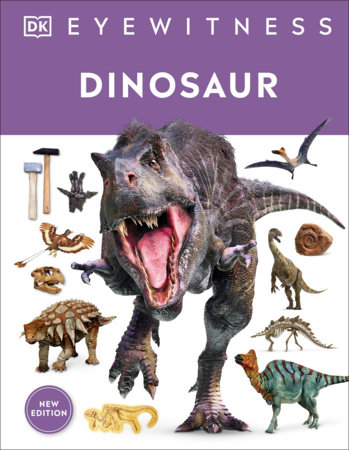
Eyewitness Dinosaur
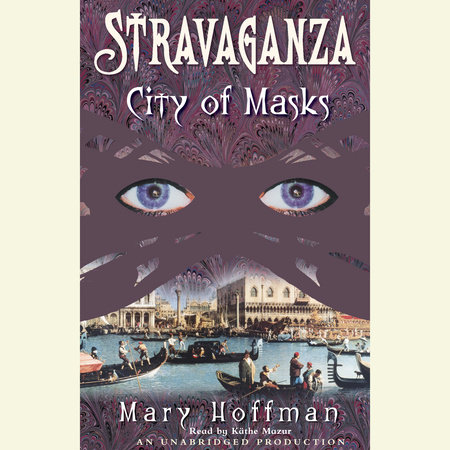
Stravaganza: City of Masks

DK Braille: It Can’t Be True
Praise
♦ This nonfiction resource spotlights the experiences of families of Japanese ancestry imprisoned at Topaz Camp, in Utah, during World War II. Miss Yamauchi, a teacher at Mountain View School, and her third grade students discussed what was happening at school and at home. She would write a summary of their experiences on a new page in their class daily diary. Students would take turns illustrating a page with pencil and crayon drawings. These pages provide a window into the children’s perspectives and emotions during this dark event in American history. Eleven chapters focus on various aspects of the students’ daily life. Color pages from the diary and numerous black-and-white historic photographs complement the text. An epilogue, an author’s note, a glossary, an editor’s note on terminology, a note on the photos, photo credits, source notes, a selected bibliography, and an index are included. In her editor’s note, Alyssa Mito Pusey, a fourth-generation Japanese American, explains how she and the author worked carefully together to make thoughtful word choices regarding the use of terms such as internment or internment camp. VERDICT This well-researched primary source provides a close look at the daily lives of Japanese American children and their families who were forced out of their homes during World War II. An illuminating addition to all library shelves that challenges readers to think about how people can learn from history and its reverberations.
—School Library Journal, starred review
A look into a third grade class’s daily diary while imprisoned. In December 1941, one year after the bombing of Pearl Harbor, those of Japanese ancestry, or Nikkei, living on the West Coast were torn from their homes and sent to prison camps. By 1943, 8-year-old Mae Yanagi and other Japanese American children were starting school in Topaz Internment Camp in Utah. Mae’s third grade class started an illustrated diary of their daily life at camp. Diary entries included details about positive things, like schoolwork, sports, pets, and holidays. Often entries also mentioned injuries, illnesses, and goodbyes experienced by the students and the other captives. Quotes from prisoners of all ages are interlaced throughout, allowing their voices due prominence. By highlighting the children’s classroom diary, Tunnell gives today’s young readers a primary source from the perspectives of their peers. Images of diary pages fill in the gaps of the archival photos that too often hid the injustice. One entry notes that several blocks lost their running water; another records the loss of a roof to a storm. The selections throughout carefully balance harsh experiences with incredible resilience. An author’s note shares the heartwarming story of how he was able to meet and interview many of the children who wrote the diary; an editor’s note discusses the decision not to use the terms internment camps or internees.
Informative, moving nonfiction that allows the Topaz detainees to share their story.
—Kirkus Reviews
From March through August of 1943, Miss Yamauchi and her third-grade students collaborated on a diary of happenings around the neighborhood—the fenced and guarded Topaz encampment in Utah where they and other West Coast Japanese immigrants and Japanese-American citizens were, under Executive Order 9066, forced to live. This diary, now housed in a Utah historical museum, becomes an important referent for Tunnell’s heavily illustrated introduction to children’s life at Topaz. Themed chapters such as “Barracks, Mess Halls, and Latrines,” “School Days,” and “Take Me Out to the Ball Game” highlight activities that spark reader curiosity, but the book often covers events and practices outside the diary’s narrow scope, and frequent references to author Yoshiko Uchida (not one of the subject students) are unexplained. Diary entries, illustrated by the children, are strongly appealing, but with their collective, sentence-long observations, they are difficult to coordinate with the multi-themed narrative, and it takes time and plenty of inference to work out that Miss Yamauchi’s tidy printing captured (and likely polished) her students’ remarks. There’s much here to appreciate in terms of visual and textual detail, but overall there’s a missed opportunity to let the children’s own scattershot concerns and authentic, uninterpreted voices take the lead. Copious end matter includes an author’s note on Tunnell’s research and interview process, a glossary, a note on terminology, photo information, source notes, a bibliography that highlights youth resources, and an index.
—The Bulletin of the Center for Children’s Books
As a result of the bombing of Pearl Harbor and FDR’s ensuing Executive Order 9066, eight-year-old Mae Yanagi and her family were uprooted from their home in Hayward, California, and forced to relocate to Topaz, a so-called Japanese internment camp (see appended note on terminology) in the desert of central Utah. Mae’s third-grade class kept a journal that year, and her journal is used as a starting point to explore, in eleven chapters, what it was like to live in Topaz, especially from a child’s viewpoint. Tunnell (The Children of Topaz) touches on such topics as holiday observances, medical care, pets, recreation, and religious worship. The reminiscences of Mae and her classmates are aptly woven in to the narrative, and the resiliency of these children is inspiring. Numerous black-and-white photographs as well as color reproductions of the journal entries—there’s something on nearly every page—break up the text, while the ample back matter includes an enlightening chapter-long author note, photo notes and credits, source notes, a glossary, a selected bibliography, and an index.
—The Horn Book
Awards
CBC Notable Social Studies Trade Books for Young Readers AWARD 2021
Mountains & Plains Booksellers Association SHORTLIST 2021
21 Books You’ve Been Meaning to Read
Just for joining you’ll get personalized recommendations on your dashboard daily and features only for members.
Find Out More Join Now Sign In








